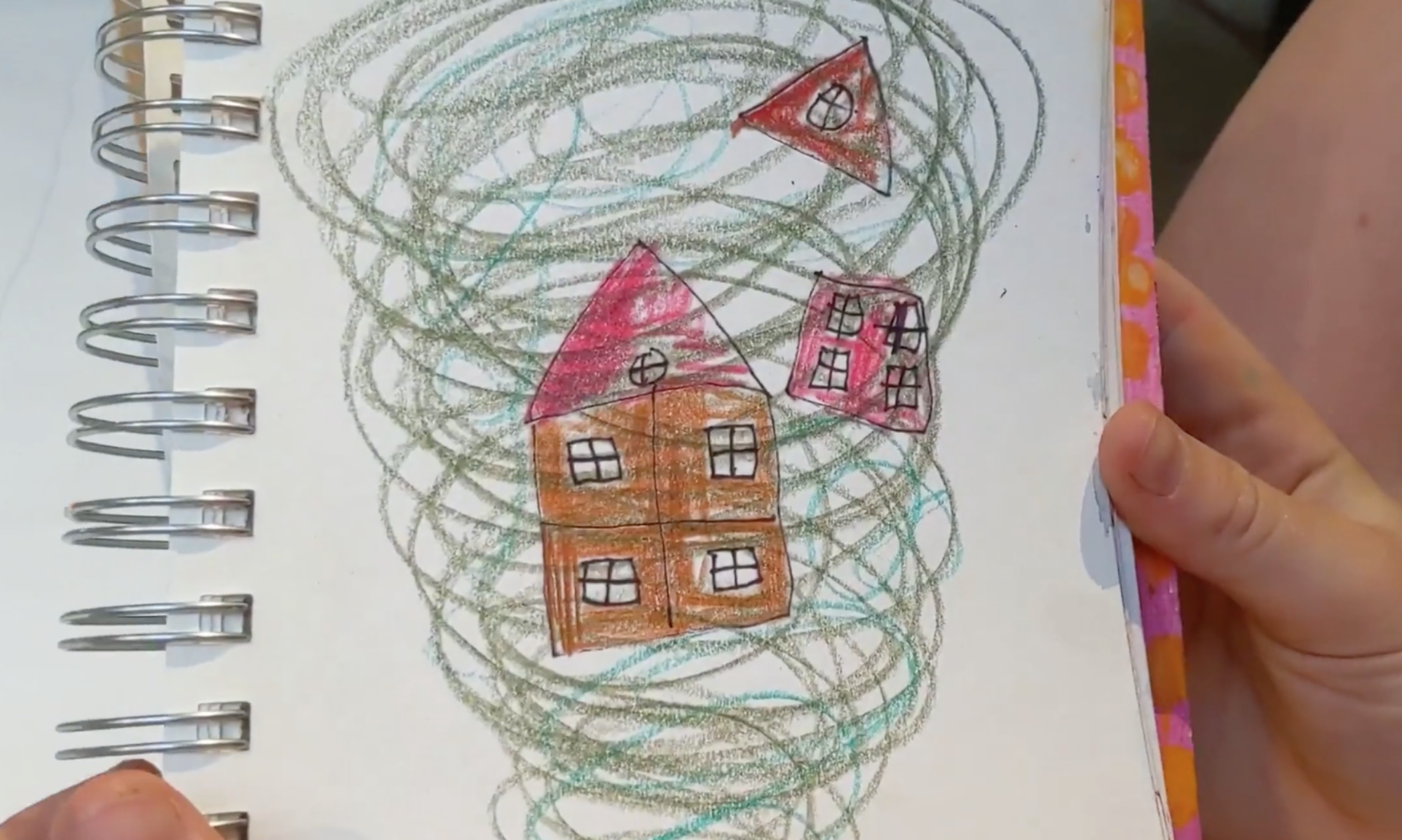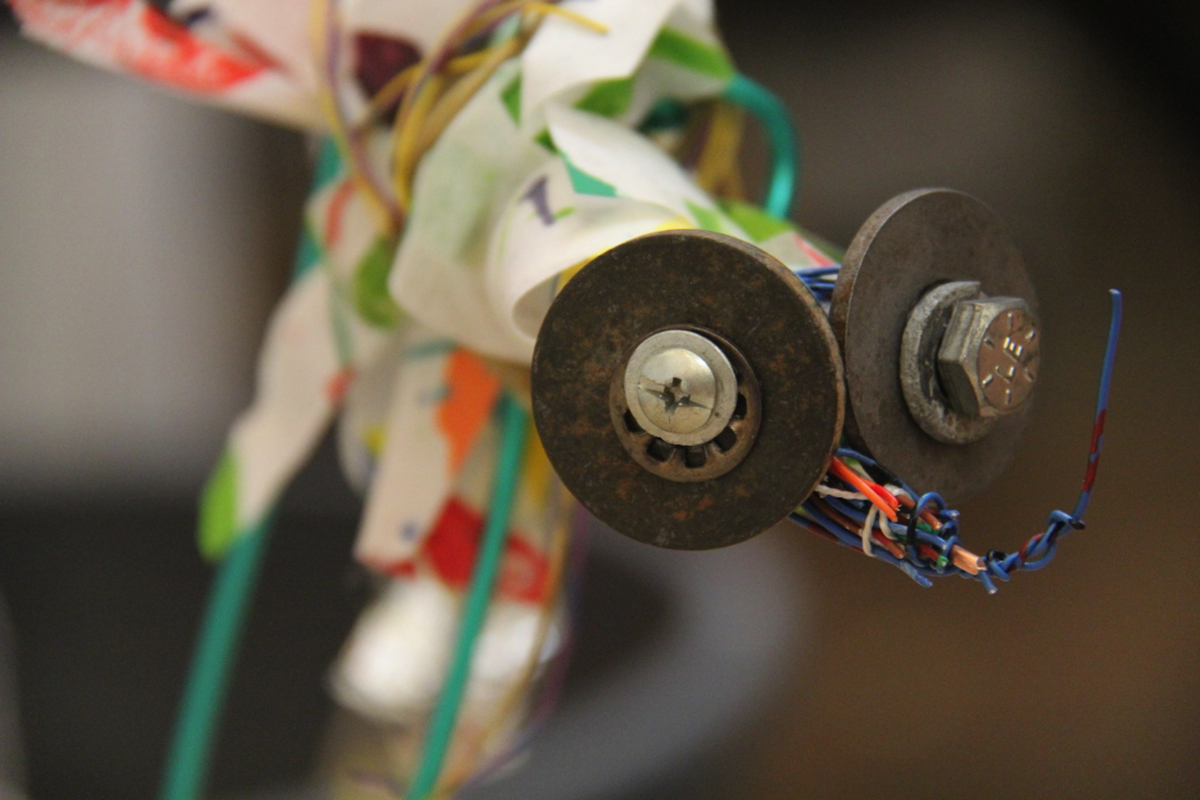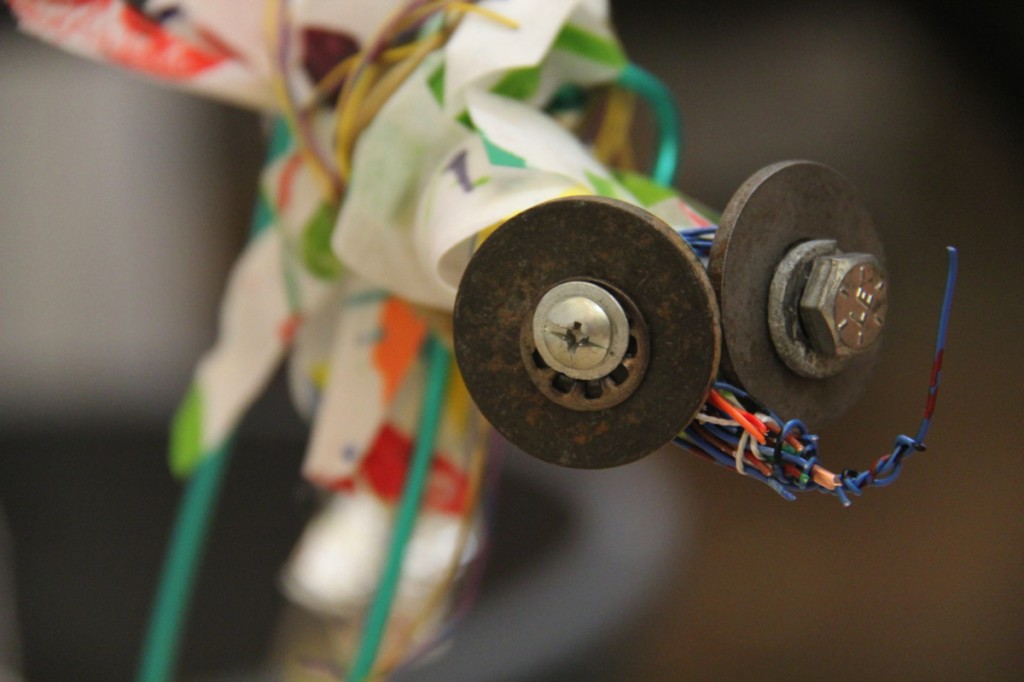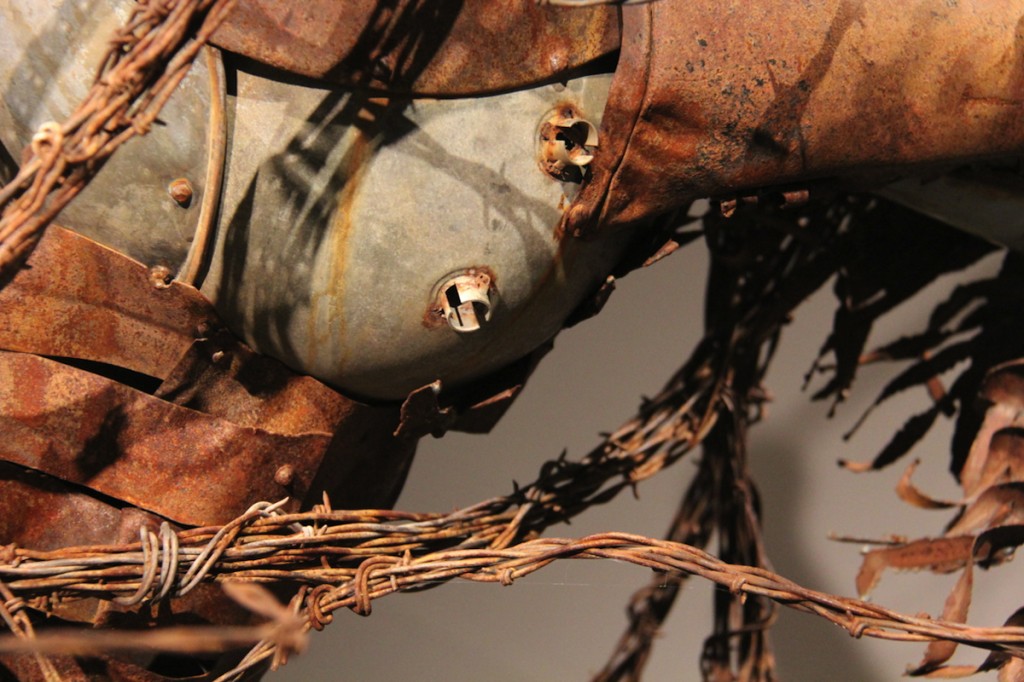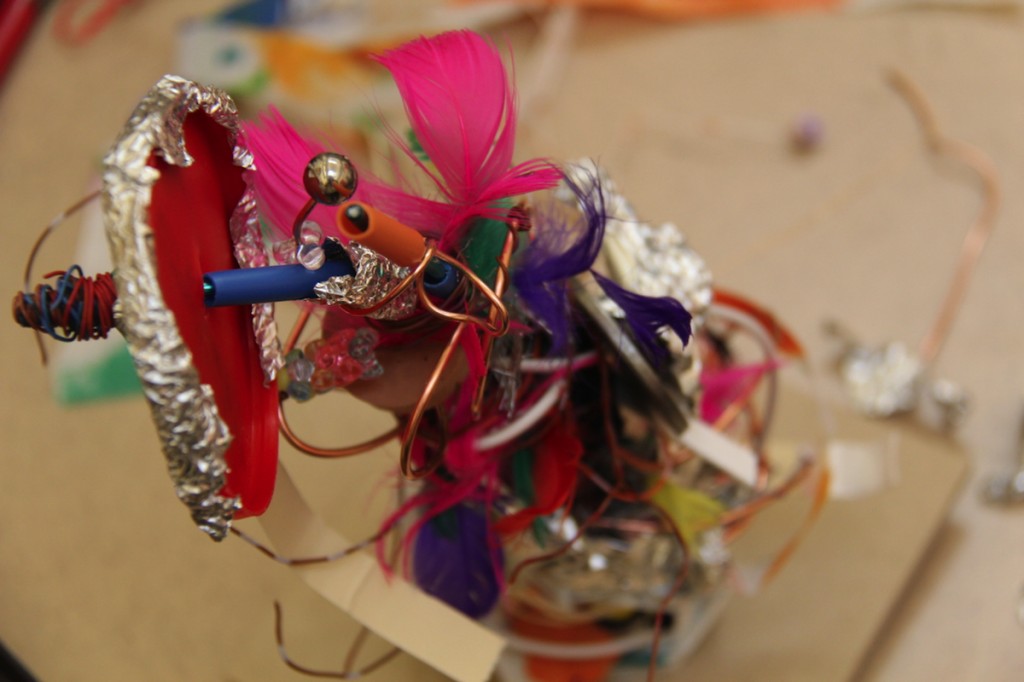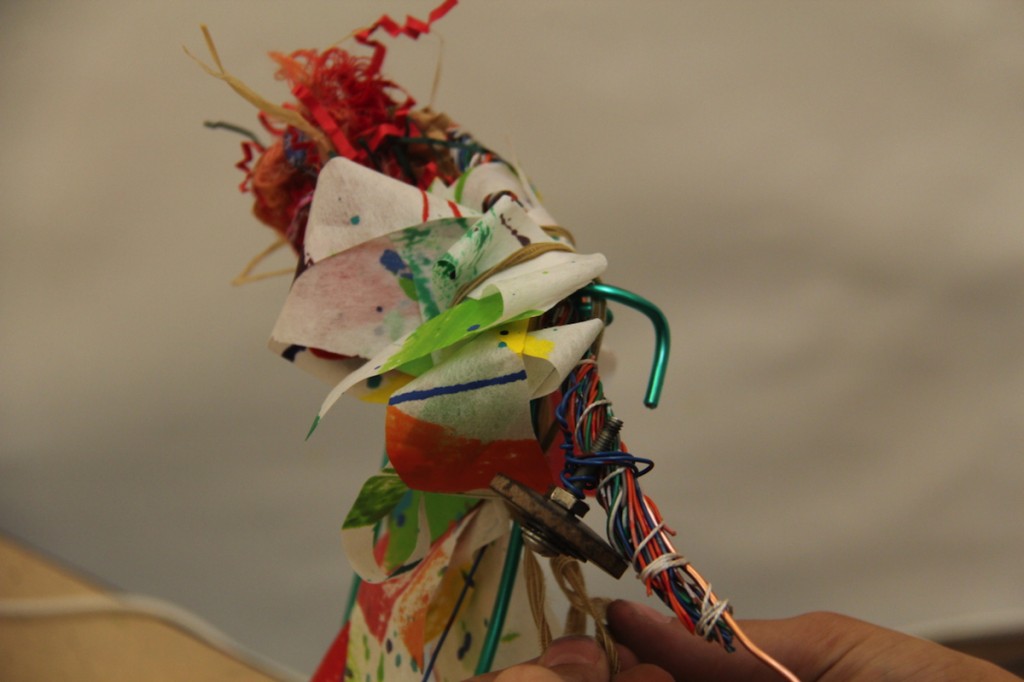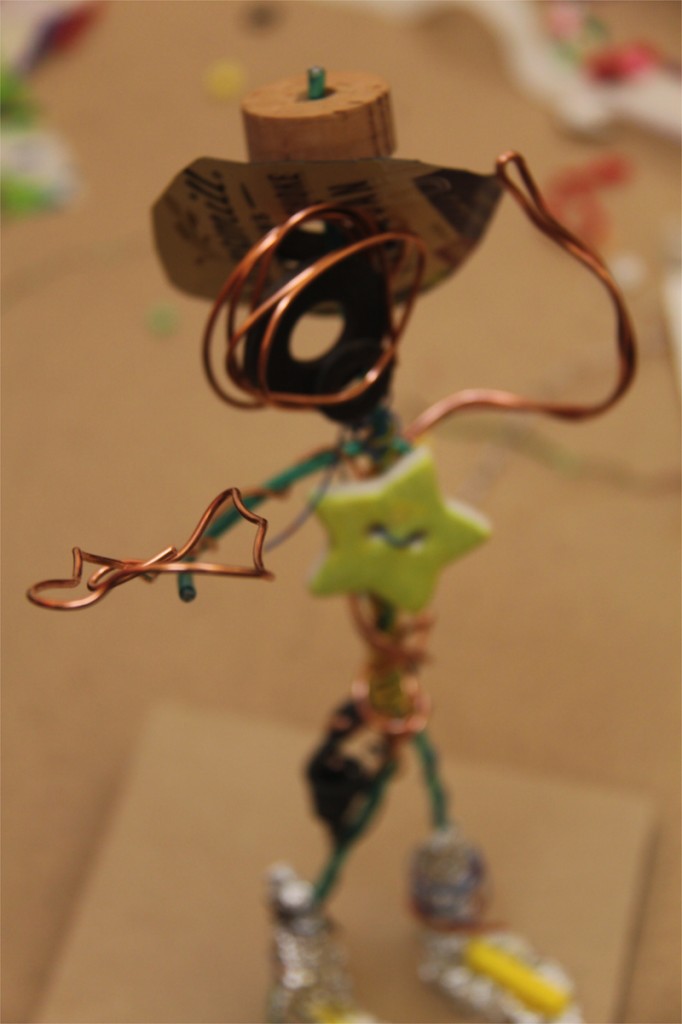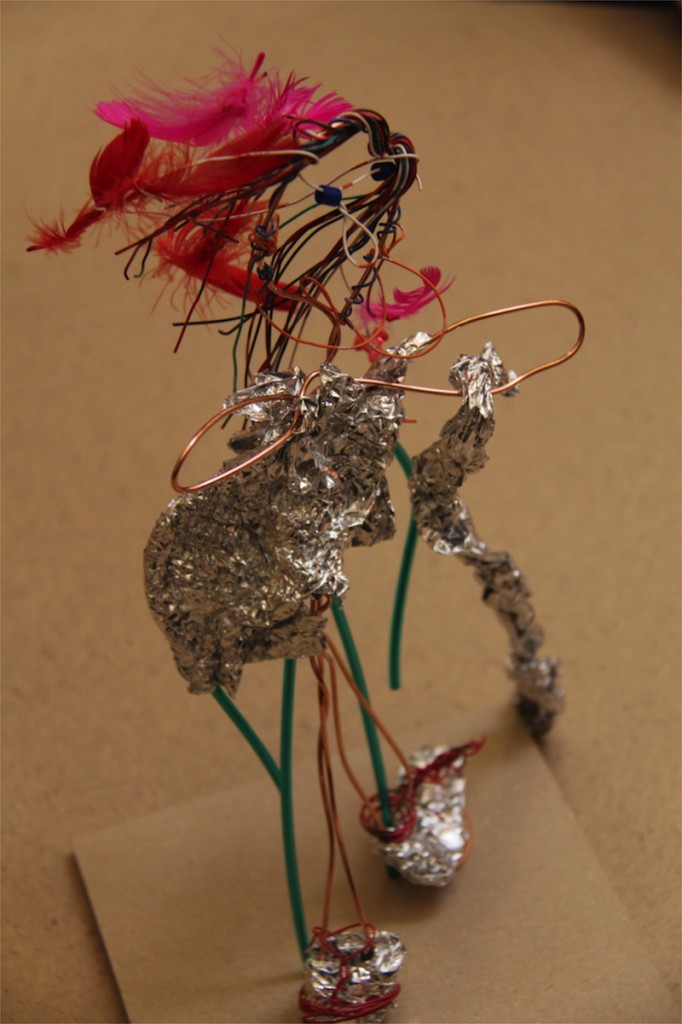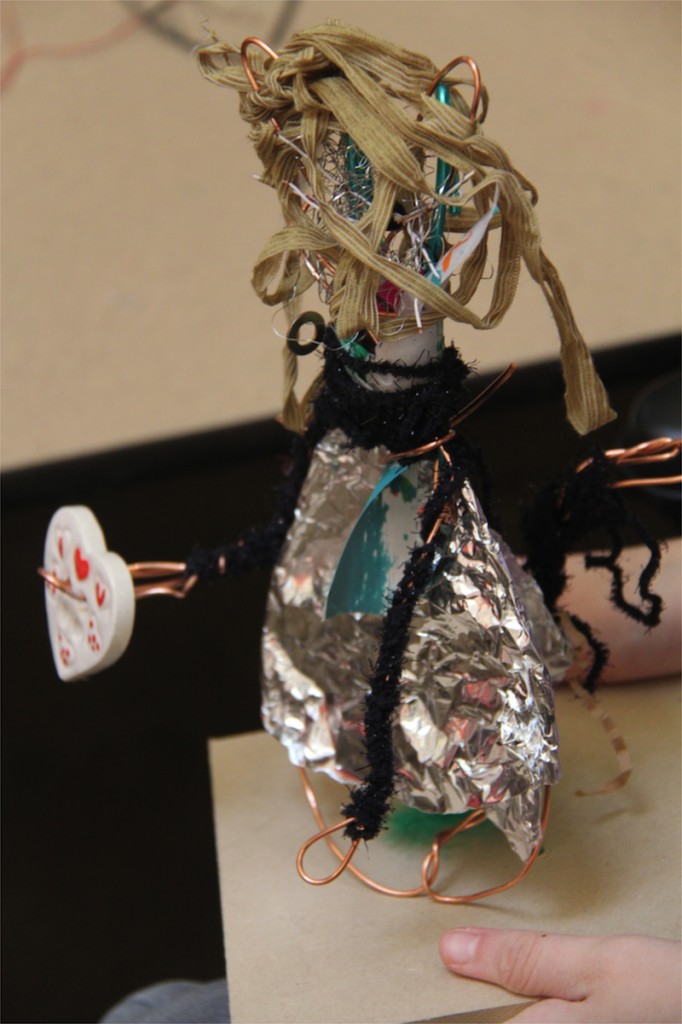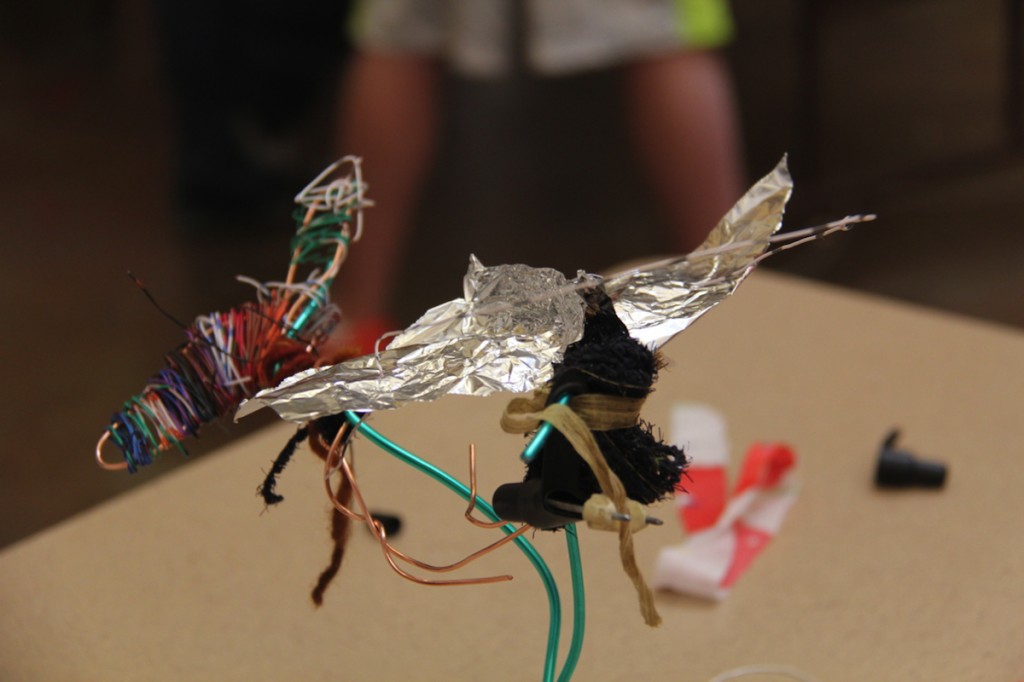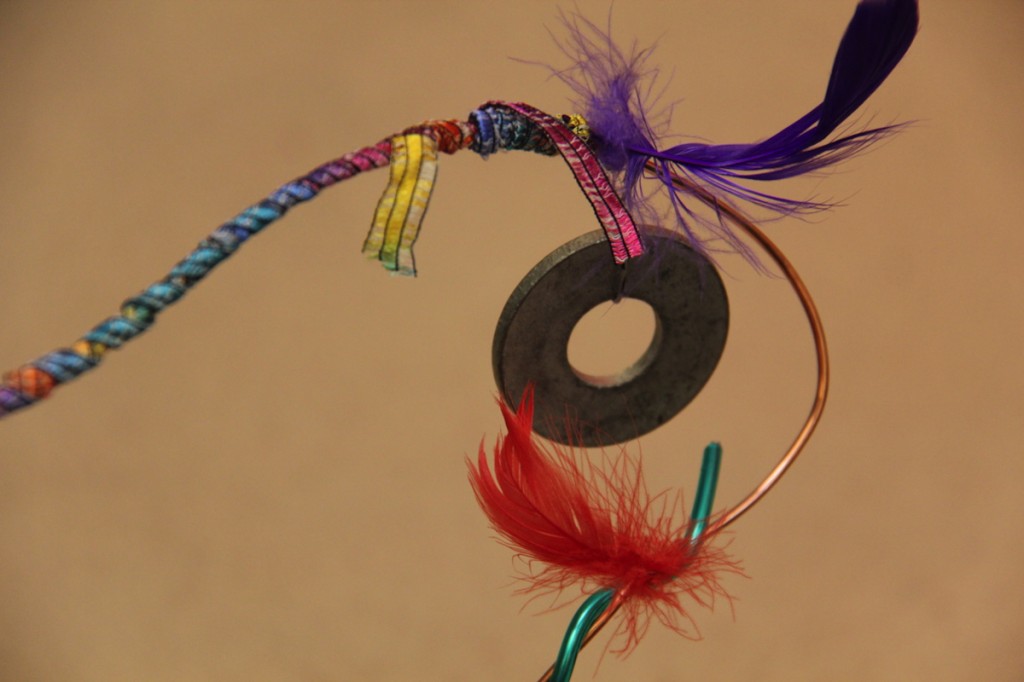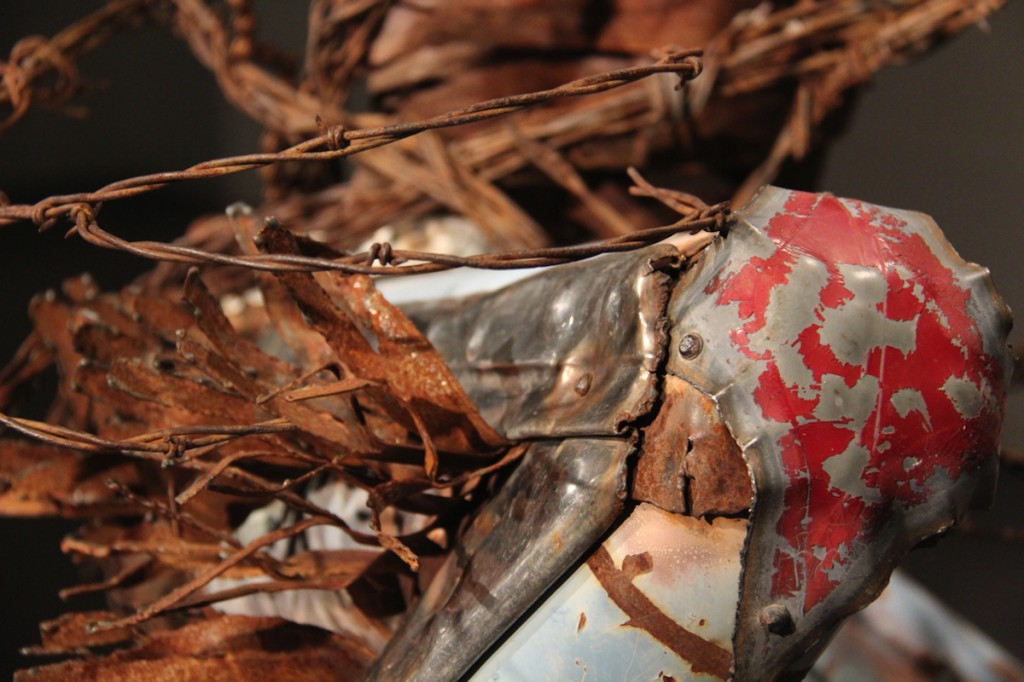What is a Docent? Not What You Might Think
Well, I took the plunge and became a docent at our local art museum. Today was a day to get over some of my own stereotypes. Being a docent is something I have wanted to do for a long time, but hesitated because somehow I didn’t identify myself in the group of people who a) had time to volunteer, b) knew the right people or c) had a fabulously rich spouse.
With encouragement from a couple of acquaintances, I dove in and came up swimming. Imagine my surprise to find out that you don’t have to be a well-connected housewife to be a docent. I wonder where I acquired that stereotype? At my first docent meeting, I felt welcomed and valued. There are all kinds of people in this group of volunteers and I look forward to getting to know them and feeling comfortable in my role.
So … what is a docent? Sondra Hines, the Educational Coordinator at the Holter Museum, asked the kids in a school tour if they knew. They didn’t. Neither did I. I was glad she didn’t ask me. A docent is a volunteer trained to share their enthusiasm and knowledge of visual arts with all ages, and to encourage them to experience art in ways that are not available in classrooms. Basically a different kind of educator.
My First Day as a Docent: learning from the students
So, jumping right in, I had a blast with 19 sixth graders today — first, listening to them explore and think critically about “Counting Coup” a warrior made of pieces of rusty car wrecks by Jay Laber. Then, watching how easily Sondra channeled their curiosity and insights. The Holter Museum uses Visual Thinking Strategies (VTS) in all tours. After observing Sondra use VTS so fluently, I am excited to learn this method of stimulating more engagement with art. I will write more about VTS as I improve my skills.
After the tour of Laber’s art, we made wire-and-stuff- sculptures. One girl struggled with her skeleton of copper wire and tossed it aside because it just wasn’t doing what she had in mind. She began again a second time with wire so thick that even I couldn’t help her bend it the way she wanted it to bend. I suggested trying the copper wire again. Nope. Didn’t want to. She knew what she wanted, and was going to stick to her strategy no matter what anyone suggested. Reminded me of myself. Stubborn. In the end, she had a spare figure and ran out of time. She had struggled with this really heavy unbending wire in her wish to show it who was boss.
One lesson I think many of the kids came away with was that even if you start out thinking you are making a certain something … the wire and other bits will eventually dictate what you are making… your idea may change from a cat to a chicken. Or from a horse to a spaceship. Or you might take the easy way out, announcing that you have made an abstract sculpture.
Time compresses when you are having fun. Or working on something challenging. Or trying to help six different kids simultaneously. Time compresses especially in the last five minutes of a workshop. You suddenly realize you have a head, two arms and not much else because you have obsessed and perfectionized about a certain placement of the feet or making sure the legs are the exact same length. Meanwhile, your table-mate has willy-nilly twisted, tied, dangled and wrapped his wire with buttons, washers, bolts, window screen, feathers and pieces of nylon cloth. And come up with something remarkably resembling a wild and crazy alley cat.
Steal Like an Artist
- Different styles of work and play.
- Different ways of seeing the same materials.
- We all look at life in a different way.
I recently read a little book titled “Steal Like an Artist.” It’s simple. Compelling. And I read it in the time it took my toes to wrinkle like prunes in the bathtub. The idea that humans are incapable of copying perfectly, stuck with me from the book. Copy copy copy. You will never make the same exact something someone else has made. The students used much the same materials, and some of them emulated Laber’s sculptures (warriors, horses, a buffalo) yet their amazing creations were so much a part of the creators that I marveled at their creativity.
